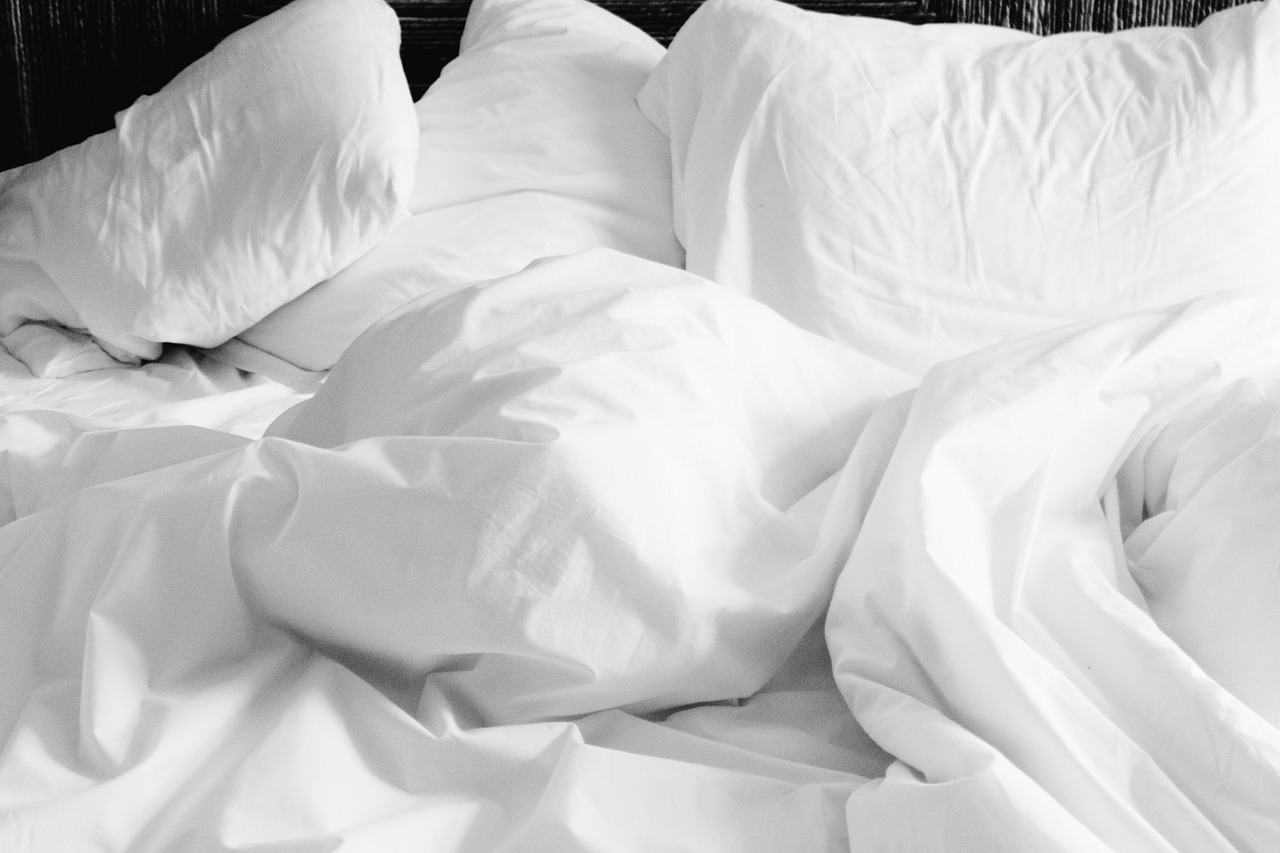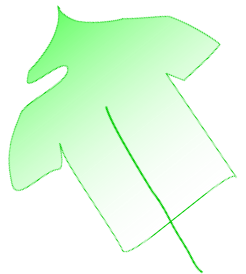Furniture, upholstery fabrics and covers

When we are indoors in our homes or at work, we are surrounded by furniture. It provides us with comfort, functionality and aesthetic design in our homes, offices and public places.
While some furniture types have no textile components (like most closets and cabinets) others do have them, weather it's fabrics or filling materials. In this article we will focus on fabrics and filling materials of the later furniture types. Sofas, couches, chairs and mattresses are the most common examples.
Common production materials
Synthetic and plant based fibers are most commonly used as a filling material for chairs, couches and sofa cushions, as well as in mattresses filling. Plant based and synthetic materials are frequently used as an upholstery fabrics, as, unfortunately, is leather - which is used in what considered to be a more 'luxurious' furniture. Use of cotton and synthetic materials in a furniture cover production is common practice as well. As always at this site, we encourage you to choose synthetic or plant based products instead of animal based counterparts to reduce animal suffering in farming industry.
Upholstery fabrics
Outer fabric/material in furniture is very important for user's comfort, product durability and room design. Almost every existing textile can be used as an upholstery fabric, though the most popular ones are cotton, various synthetics, leather and wool. Rare furniture types are made with silk or more expensive wool types, like cashmere or even fur decorations – all of which of coarse derived from animals and unfortunately promote and fund (unintentionally I'm sure) animal cruelty. There is very important to check what type of fabric is in your furniture, as animal products are frequently used. Synthetic fabrics are the most suitable for the outdoors furniture production, they are low maintenance, very durable and generally can be bought for fair price.
While animal based materials are considered to be more fancy, most of them will loose in comparison with a man-made and plant based alternatives in terms of durability, maintenance and price. Also keep in mind that synthetic fabrics are more hypoallergenic.
Furniture filling materials
Puffy or flat, soft or hard, most sitting type furniture have filling material inside along with some springs to make the cushions more weight resistant. Filling material helps us sitting more comfortably while we relax, sitting down to watch a game or a movie, read our favorite book, do some work on our computer to engage in almost every other daily activities.
Synthetic foams and fibers are the most commonly used filling materials. Plant based fillings are used as well, as, unfortunately, some animal hair fibers. Most popular synthetic filling material is polyurethane foam. It is reasonably durable, load resistant and light weight. Synthetic filling is generally cheaper, more hypoallergenic, durable and easier to handle then natural ones.
Mattresses
We spend big part of our lives sleeping and mattress gives us the support and comfort during it. There are different types of mattresses in terms of their firmness, sizes and internal structure based on springs and/or type of filling foam. All our mattresses contain mostly of filling materials inside them. Most commonly used mattress filling material is synthetic foam, but cotton and synthetic fibers are quit popular as well. Air and water mattresses filled with air or water, as the name suggests.
Upholstery fabric layer is covering over the mattress. Those layers can basically be made out of any existing type of fabric. Synthetic fabrics and cotton are the most commonly used.
For some people it is important that their mattress will be hypoallergenic. Synthetic materials can easily provide that function for you, just pay attention on a product description and label.
Sofas and couches covers
Covers are a soft cloth that's supposed to be big enough to cover furniture item it was designed for, to protect it's original upholstery and maybe help with your room design. Covers should be soft and comfortable to seat on. Indoor covers are typically made of polyester and other man-made fabrics, cotton and wool. There are also more unusual types of covers made with silk, cashmere and other types of more expensive wool, and even leather or fur.
Other type of furniture covers is protecting covers which designed to protect the furniture outdoors or when not in use. This type is used mostly as a protection from sun radiation, rain, wind and other weather damages, but they can also be used inside. Those covers will usually be made of very durable, rough synthetic or plant based materials, most commonly from waterproof polyester.
There is very important to check what type of material covers produced from, especially for indoor furniture covers where use of animal products are relatively abundant.
Fire safety considerations
There are standards and guidelines regarding furniture fire protection around the world. It is especially important for a fabrics, which can be very easily inflammable. Many furniture building materials this days being made fire resistant, including upholstery fabrics. Natural plant based fibers and wool are very inflammable, to reduce their fire hazard risk those materials frequently blended with some fireproof additives. Many synthetic fabrics and filling materials are produced to be fire redundant and non-flammable. We suggest you take it in consideration while choosing your next peace of furniture – nothing is more important as your family and home safety.
Last word of advise
The easiest way to ensure cruelty-free purchase is buying a vegan or vegan-friendly labeled products. But most furniture production companies do not label their vegan products as such. Asking a stuff member is a great option while buying in the store, if they don't know there is an option of contacting a manufacturer or reaching out to a vegan group for some advise. There are also some apps available for finding out if products are vegan.
In addition, there are other ethical issues important to consider, such as human workers treatment and environmental sustainability. As a general rule, recycled and organic fabric types are more environmentally friendly and will offer better solution for ethical workforce treatment. Companies specializing on vegan or cruelty free textile production are also a good bet on ethical and environmental issues – you may try to find out who is manufacturing the fabric or filling material for a furniture you considering purchasing.
Consumer's awareness on those issues will push the industry one step further in solving them. Please keep those issues in mind during your furniture and mattress shopping both online and in physical stores.
